Top 3 Colombia vacation spots to visit Indigenous Tribes
One of the most fascinating and intriguing parts of visiting a foreign country is the possibility of learning about a different culture from up-close.
It is always interesting to learn about other cultures by reading books or watching documentaries and movies. However, the best way to really get to learn about a different country is to travel to that country or region and interact with locals.
Colombia’s culture is truly captivating, and after spending a couple of weeks in this country, you will get to experience and learn the basics of its culture.
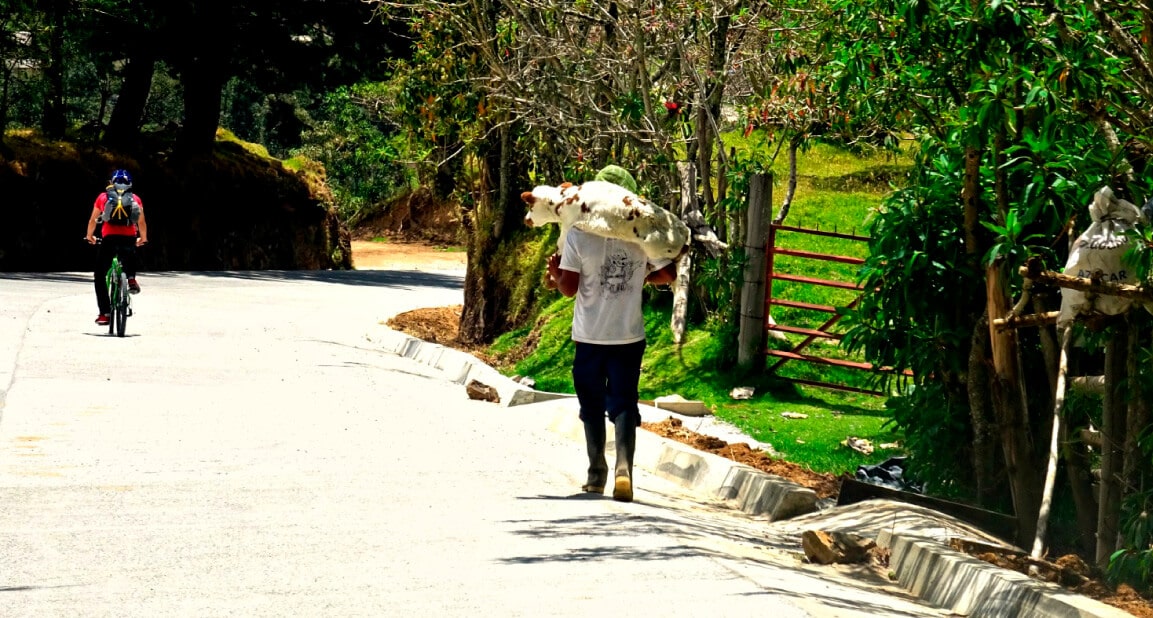
However, if you want to get a more profound knowledge and understanding of the complex Colombian culture, you will have to learn about the indigenous tribes that still inhabit this country.
To really get to understand the culture, traditions, and ways of living of these indigenous tribes, you should consider visiting them during your trip to Colombia.
The great news is that many indigenous tribes live near some of the best Colombia vacation spots. Therefore, you won’t have to change your holiday plans and itinerary if you are looking to learn about the about these indigenous tribes.
Even though many of the indigenous tribes who were living in Colombia before the arrival of the Spanish people have already disappeared, there are still plenty of tribes living according to their centuries-old traditions.
Nowadays, around 1.4 million indigenous people are living in Colombia. This represents about 2.8% of the country’s entire population.
They are divided among 87 different tribes, including some that remain uncontacted and living in remote jungle areas of Colombia.
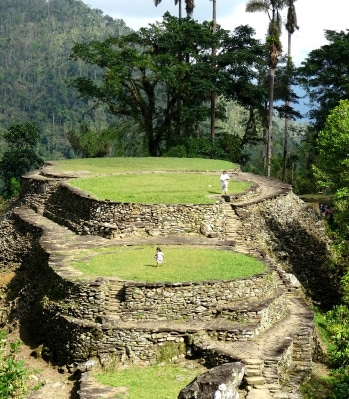
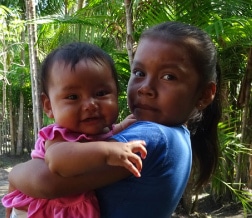
Most of them have their own languages and might speak a bit of Spanish as a second tongue. They managed to keep their traditions alive by living in remote regions where the Spanish conquerors didn’t manage to go.
Unfortunately, some of these tribes are endangered because some of their lands were taken away by illegal armed groups, like the guerrillas and the right-wing paramilitary groups, who used these territories as places to hide and to grow coca plantations for the production of cocaine.
The tribes that were affected the most by this conflict ended up moving to live in the closest city or village in terrible conditions. By being in contact with another kind of people, many of them have gotten diseases their bodies were not able to resist.
Since the security situation in Colombia started improving, and especially after the peace agreement between the Colombian Government and the biggest guerrilla group (FARC), some good initiatives have been created to try to allow these indigenous people to go back to their lands.
Significant areas of the country have been declared as indigenous reserves, and the efforts of bringing them back to these now-safe lands are on its way.
In these territories, indigenous tribe are allowed to have their own governing rules and laws. They are like little nations located inside the Colombian society.
The following are my top 3 Colombia vacation spots where you will be able to visit some of the most important indigenous tribes of this country:
- Silvia, Cauca
In the little village of Silvia, located in the middle of the rough mountains of the western Andean range and around 2-hours’ drive from Popayan, there is a weekly market taking place every Tuesday.
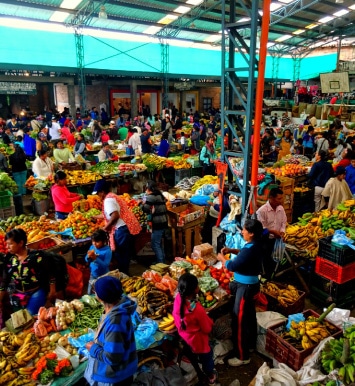
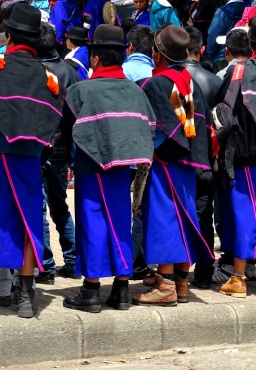
In this market, you will be able to find plenty of fresh local produce like fruits and vegetables. However, the real attraction of this market is its pelefople.
It is actually an indigenous market, and most of the people you will see here are members of one of the most traditional tribes in Colombia: the Guambianos.
Also called Misak, the Guambianos live spread across the surrounding mountains of Silvia and come to this town only on Tuesdays to sell their fresh produce and buy whatever they need for the week.
For the Guambianos, the basis of their economy is agriculture. Their main crops are corn, potatoes, coffee, lentils, beans, cabbage, and beans.
Patrilocal domestic groups are the basis of their social organization. They practice ethnic inbreeding and veredal exogamy (from the local community).
The traditional suit of man is a short blue skirt that wraps around the waist, two rectangular ruanas (thick poncho-like blankets to protect them from the cold) and hat.
The women wear a black skirt, a single colour blouse (usually white) and blue woollen shawl.
On Tuesdays, they come to the market in the regular buses of this releftgion, called Chivas. These buses are characterized by being painted colourfully (usually with the yellow, blue, and red colours of the Colombian flag) with local arabesques and figures.
They are constructed over a bus chassis with a modified body made out either metal or wood. Seats are benches have been built with wood and with doors instead of windows.
Most Chivas have a ladder to the rack on the roof which is also used for transporting more people, livestock and other kinds of goods.
Visiting this market is an unforgettable experience. Arrive early to see how they all arrive at the town in these Chivas, carrying their produce and wearing their traditional clothes.
Even though it is quite difficult to interact with them as they are relatively shy and speak very little Spanish, just being able to witness the flow of this indigenous market is one of the best ways to see from up-close one of the most conservative tribes of Colombia.
Watch a beautiful video about the Guambiano people and their culture here.
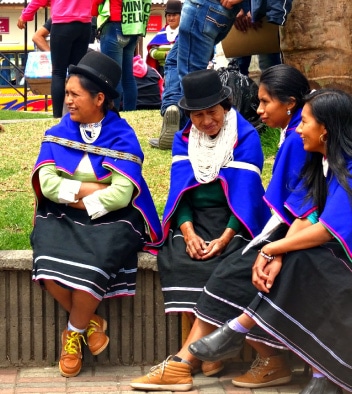
The market takes place every Tuesday from around 8 am to 3 pm. It is easily reachable from Popayan, one of the most popular Colombia vacation spots.
Click here to see more information on a tour to the Silvia Indigenous Market from Popayan.
- Ciudad Perdida
Ciudad Perdida, the Lost City, is one of the most lepopular destinations in Colombia for nature, archaeology and adventure lovers.
It is like a little Machu Picchu located deep in the jungles of the Sierra Nevada de Santa Marta. Discovered in the 1970s, Ciudad Perdida consists of the remains of an abandoned indigenous village.
It is a collection of archaeological sites only accessible by a 4-day hike through the mountains. It is one of the most important Colombia vacation spots and one of the most exciting hiking experiences.
The indigenous who lived in Ciudad Perdida was known as the Tayronas. They don’t longer exist, but 3 different descendant tribes still live in these mountains: the Kogi, the Wiwa and the Arhuacos.
During your hike to Ciudad Perdida, you will pass next to a few indigenous villages, especially some from the Kogi indigenous tribes.
Additionally, you will see many of them going up and down through the same path as tourists take. Their total population is estimated to be around 20.000 inhabitants.
Kogis have simple modes of dress. The women pick, card, and spin wool and cotton while men do the weaving of the cloth.
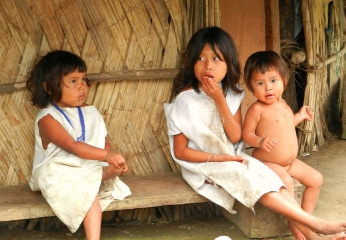
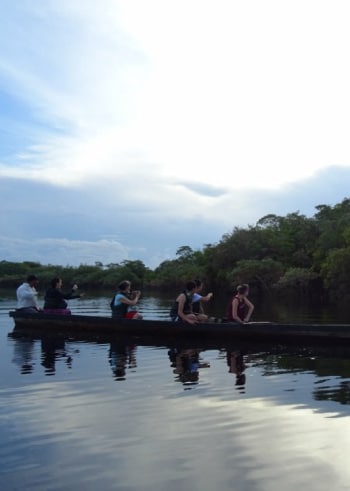
Clothing for men consists of a tunic and simple pants secured with a string at the waist, while for women it consists of a single length of cloth wrapped around their bodies as a dress.
This clothing is all in pure white colour as they believe that white represents the Great Mother Earth and therefore the purity of nature.
Even though it is difficult to communicate with them as they are shy and do not speak much Spanish, during this hike you will be able to see how they live and how they interact with nature following a very basic and pure lifestyle.
Click here to see more information on the Ciudad Perdida hike. We also created a list with our top 5 for best hikes in Colombia.
Did you know that Ciudad Perdida is actually a great place to celebrate New Year´s Eve? Check it out here.
- Cerros de Mavecure
The Cerros de Mavecure are 3 huge rocky mountains popping out in the middle of the northern part of the Amazon Jungle.
These hills are accessible by a 4-hour boat ride through gorgeous nature from the city of Inirida in the east of Colombia.
The average height of these 3 hills is 250 meters. Climbing them gives you the best possible view over the jungle you could ever imagine. Especially around sunset.
But a trip to these fantastic hills is not just about views and nature. On the foot of this hills, there is the little village of El Venado, where an indigenous tribe called the Puinave live.
The Puinaves are a group of around 4500 people living next to the Guinía River. They practice the itinerant horticulture, fishing, hunting, and gathering.
Traditionally they work with a stellar calendar that marks the seasons and the reproductive cycles of the animals.
Unlike most of the other indigenous tribes in Colombia, the Puinave are quite open to welcome foreigners and are happy to talk to tourist about their culture and traditions.
Coming to a trip to the Cerros de Mavecure involves spending a night in the indigenous village of El Venado.
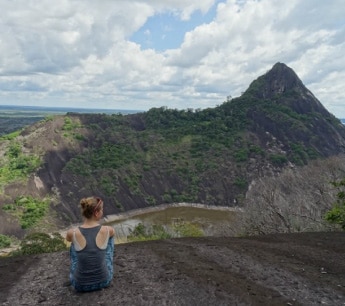
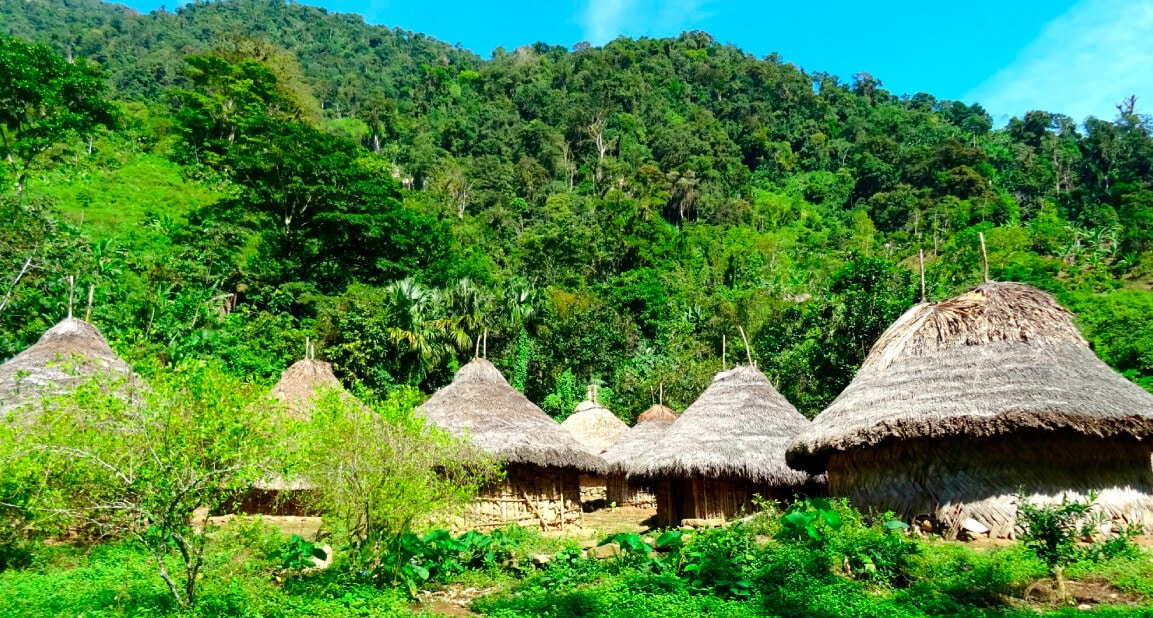
In this mini-village consisting of not more than 30 huts, you will be able to interact with the Puinaves. During dinner, you will have the opportunity of chatting with some of them and ask them questions.
If you wake up very early in the morning, you could even go fishing with some members of this friendly tribe — a truly unforgettable experience.
Click here for more information in the Cerros de Mavecure tour.
These three places are my favourite Colombia vacation spots from where you can easily get to know a lot more about some of the most important indigenous communities in Colombia and interact with them. An essential part in trying to understand the current-day Colombian culture.
Check this list of other great destinations and activities in Colombia to complete your itinerary to Colombia!
